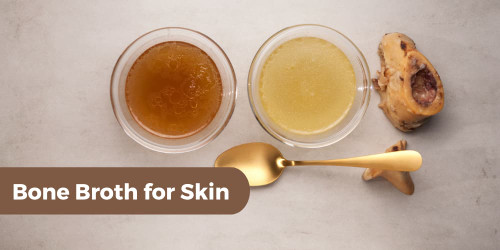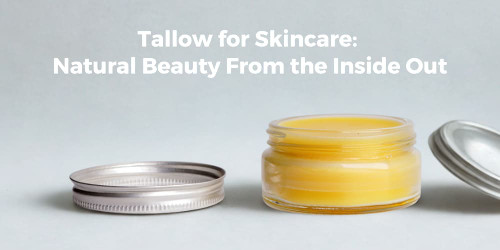When it comes to first aid, having the right tools in your kit can make all the difference in providing effective care. One crucial component of any first aid kit is the antiseptic solution. Not all wounds or emergencies are created equal, and understanding which antiseptic to use in different situations can significantly impact the healing process. In this article, we'll explore various first aid antiseptics and when to use them for different emergencies.
1. Hydrogen Peroxide: The Wound Cleanser
Hydrogen peroxide is a common antiseptic found in many first aid kits. It is excellent for cleaning wounds, cuts, and abrasions. When it comes into contact with the injured area, it releases oxygen, which helps eliminate bacteria and debris. However, hydrogen peroxide may delay the natural healing process by damaging healthy cells, so it's best suited for initial wound cleaning rather than prolonged use.
When to use:
- Cleaning minor cuts and scrapes.
- Initiating wound care to remove dirt and bacteria.
2. Isopropyl Alcohol: The Quick-Drying Disinfectant
Isopropyl alcohol is another staple in first aid kits. It is a fast-drying antiseptic that effectively kills bacteria. This makes it suitable for disinfecting skin before injections or minor surgical procedures. However, it can be harsh on open wounds and may cause stinging.
When to use:
- Disinfecting skin before administering injections.
- Cleaning surfaces for minor procedures.
3. Betadine (Povidone-Iodine): The Broad-Spectrum Antiseptic
Betadine is a popular antiseptic that contains iodine, offering broad-spectrum coverage against bacteria, viruses, and fungi. It is particularly effective in preventing infections in wounds and can be used for various skin conditions.
When to use:
- Treating open wounds, burns, and deep cuts.
- Preventing infections in minor injuries.
4. Antibiotic Ointments: The Infection Fighters
Neosporin and similar antibiotic ointments are a combination of antibiotics like neomycin, polymyxin B, and bacitracin. These ointments help prevent infection and promote healing by creating a protective barrier over the wound.
When to use:
- Applying to small cuts, burns, or blisters.
- Protecting wounds from infection.
5. Chlorhexidine: The Surgical-grade Antiseptic
Chlorhexidine is a powerful antiseptic commonly used in healthcare settings. It provides long-lasting protection against a wide range of microorganisms and is suitable for more severe wounds or situations where a higher level of sterility is required.
When to use:
- Cleaning and disinfecting deep wounds or surgical sites.
- Preventing infection in severe injuries.
In the world of first aid, choosing the right antiseptic for the job is crucial for effective wound care. Each antiseptic has its unique properties and is tailored to specific situations. By understanding the uses and limitations of different antiseptics, you can be better prepared to administer proper first aid in various emergencies, promoting faster healing and reducing the risk of infection. Remember to consult with healthcare professionals for severe injuries or if you have any concerns about the appropriate use of antiseptics.















